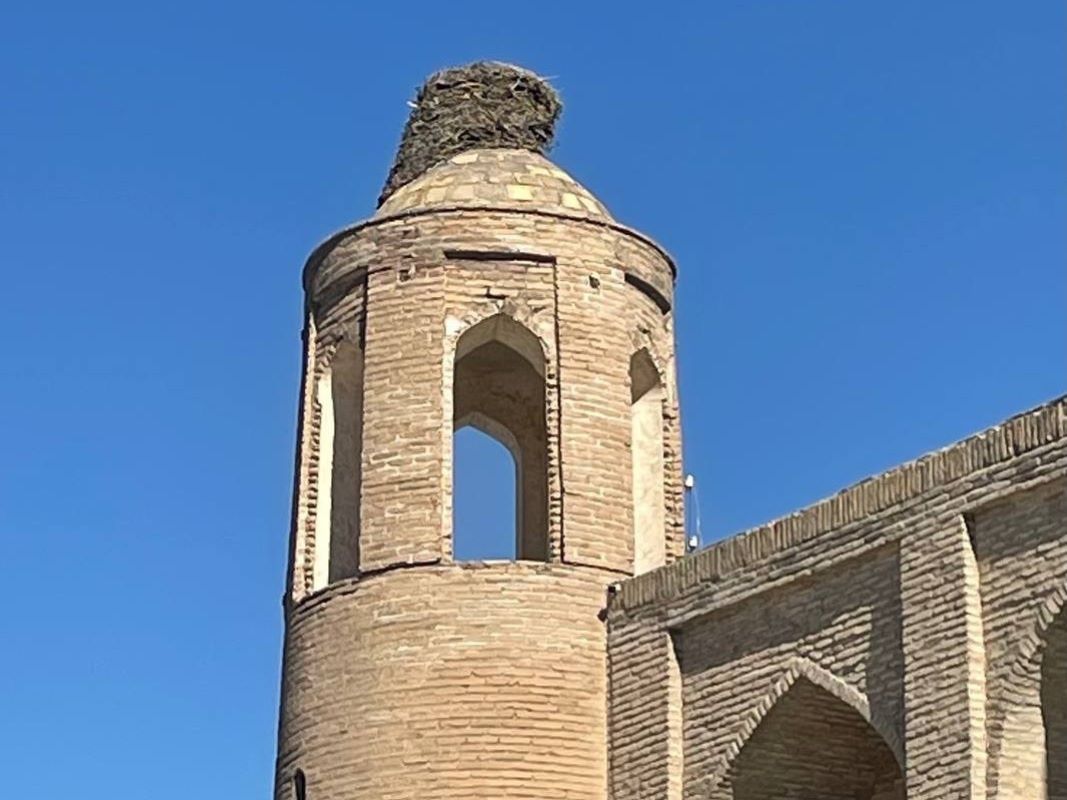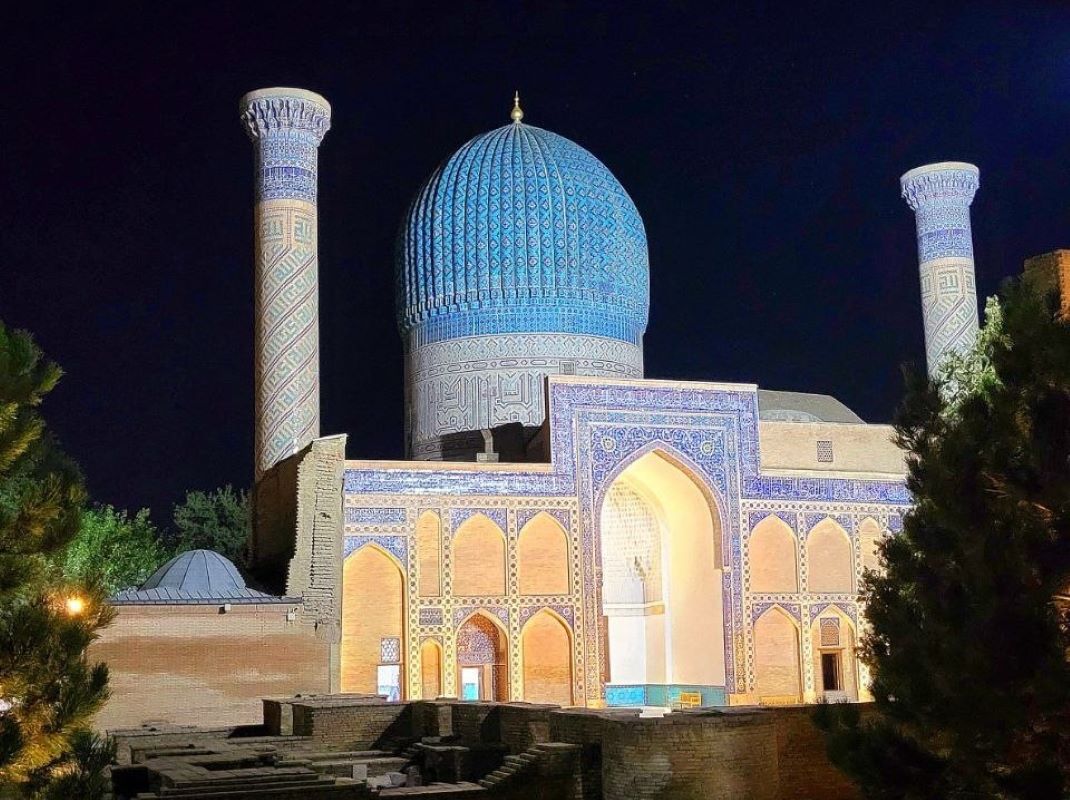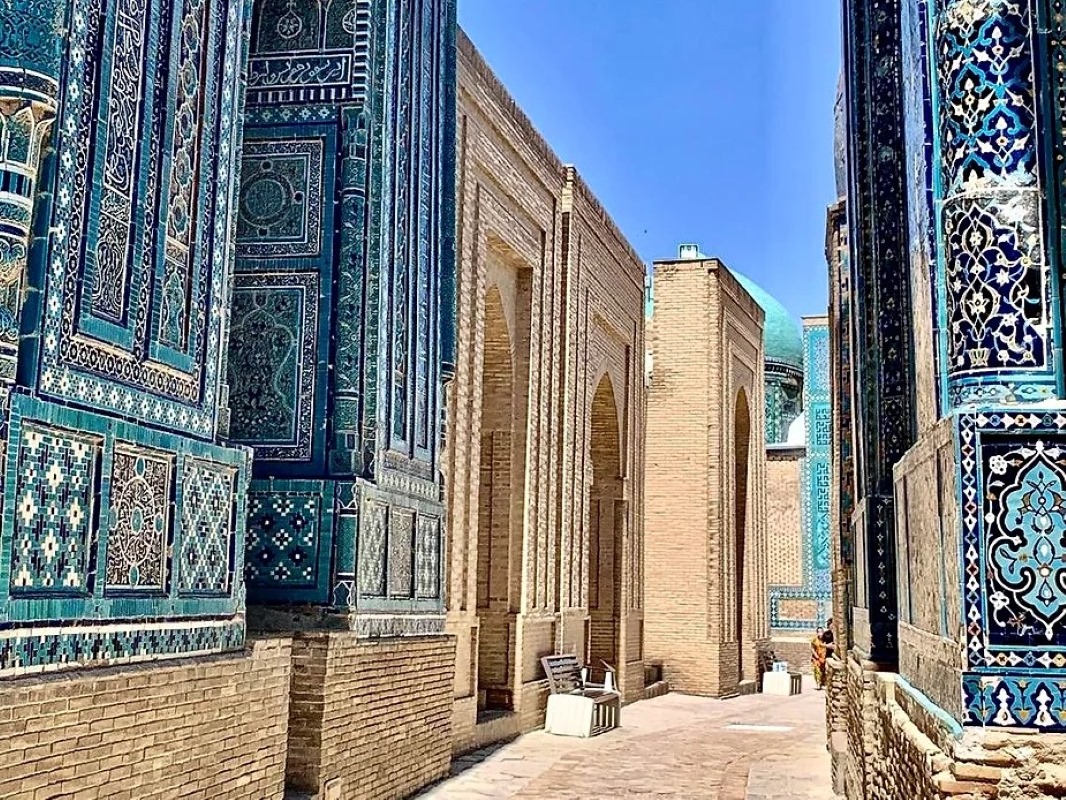The historical city of Samarkand in Uzbekistan, ranked as a Unesco World Heritage Site, has always been a stunning crossroads of cultures. North-east of the Siob bazar, you will find a huge archeological site of 219 ha (541 acres) and a museum dedicated to the foundation of this legendary city, that used to be called Afrasiab.
A visit to the Afrasiab Museum will help you discover the history of one of the major stops of the Silk Road. Samarkand or Afrasiab, located at the crossway between China, India, Persia and the Byzantine Empire, was one of the most important international commercial centers.
During archaeological excavations, it was found that before AD Afrasiab had been the largest cultural and trade center of Central Asia. In 1894, there were archaeological excavations, and as a result many artifacts were discovered, later they became exhibits of the Museum of History of Samarkand – “Afrasiab”.
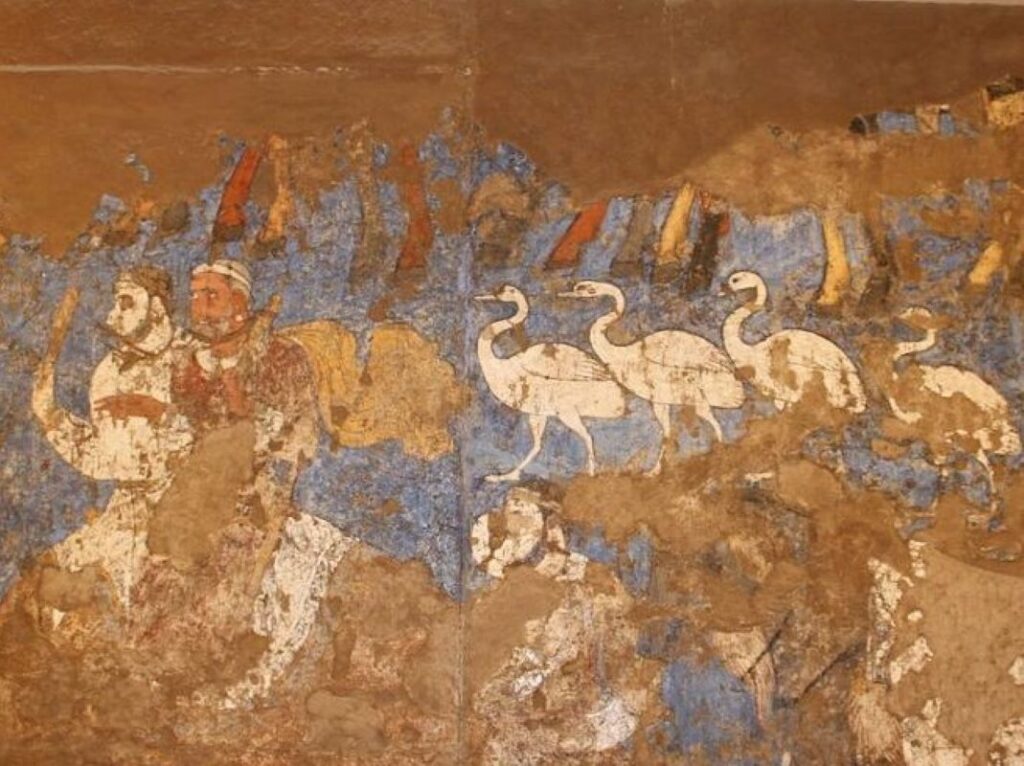
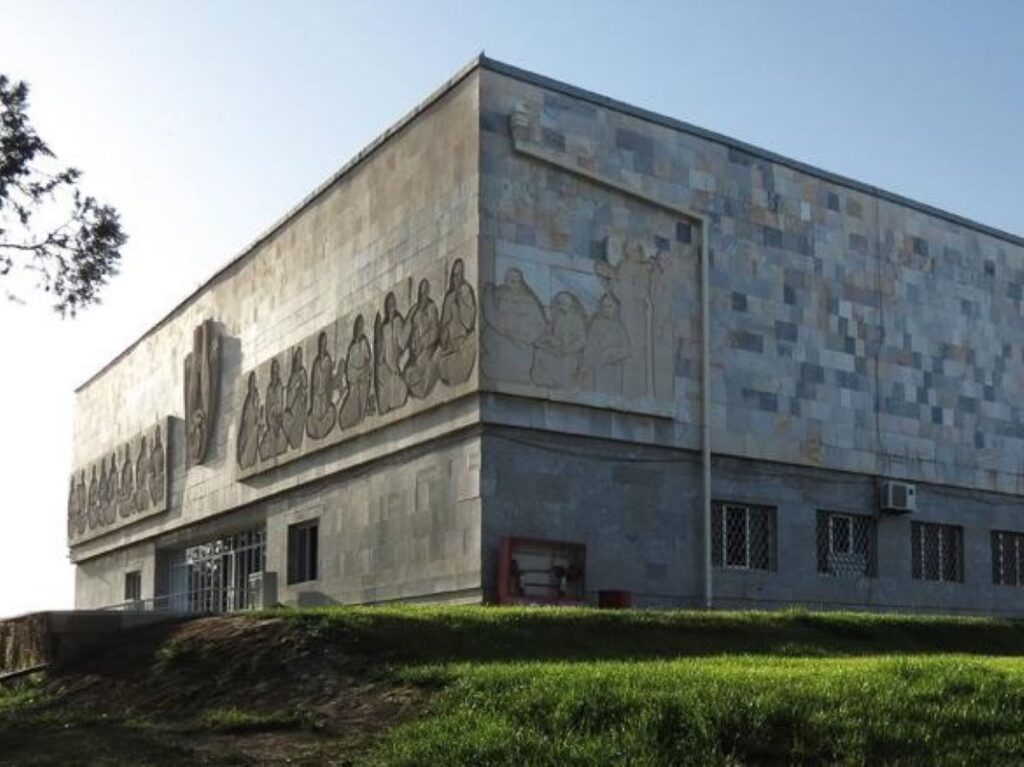
“Afrasiab” Museum tells the story of life, culture and traditions of the people who inhabited this area in very different eras and left their mark in the form of works of art, household items, and tools. Thanks to archaeological findings, scientists were able, as a mosaic, to restore the full picture of the appearance of the city, people’s daily lives, and the significant events that took place in this territory. They also managed to find out how looked, and was arranged Samarkand in ancient times. Scientists claim that the city had a lot of intersecting roads; it was divided into districts called guzars.
The frescoes of the Hall of Ambassadors date back to the 7th century, which is known due to the fact that in addition to the images on the walls there were some explanatory inscriptions, in particular, the ruler of Samarkand of the 7th century – Varkhuman from Unash dynasty is mentioned. In 655 he sent the embassy to the Chinese empire of Tang in search of support against the Arab threat.
The painting of the southern wall is preserved best. Here is depicted a procession, possibly the arrival of a king and a princess to some country church. The best preserved are two characters on a camel and a string of possibly sacrificial birds. Sometimes this scene is interpreted as the arrival of the royal bride.
How to get there:
The Afrasiab Museum is open every day from 9 a.m. to 5 p.m. It is located 15 minutes on foot from the bazar. You can also take a taxi or a marshrutka (mini bus).


